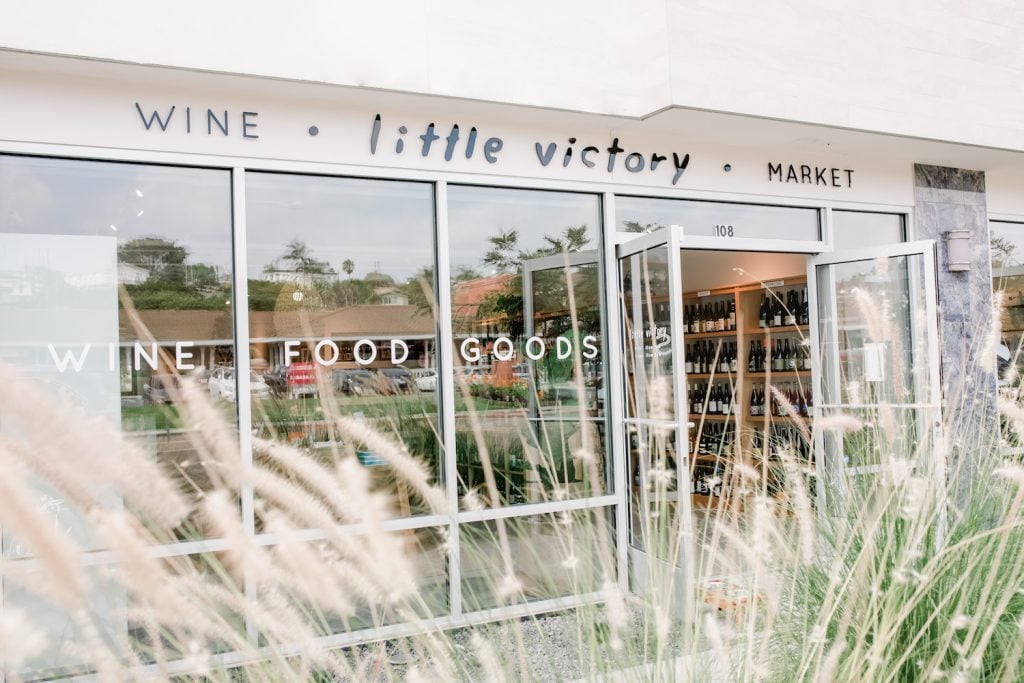“When I lived here in 2001, Parallel 33 and Tapenade were just about the only mid-to-upscale niche, independent restaurants,” says Matt Gordon, chef-owner of Urban Solace and Solace & the Moonlight Lounge. “I’m not an economist, but I think it’s plain to see there are vastly more now.”
Chefs, restaurateurs, real estate brokers, and others in the industry have been talking about the looming restaurant bubble for the last few years. Now the bubble is big, and dangerously taut.
Until the turn of the century, San Diego didn’t have many of the restaurants Gordon refers to—independent, chef-driven bistros in the small-to-midsize realm. You had mom-and-pop restaurants, resort dining, chains, and the big-ticket scene downtown and in La Jolla. San Diego’s gayborhood, Hillcrest, was a hotbed for indie restaurants, but high rents and parking and a dispersing gay community ended its reign.
Then indie dining exploded. North Park got Urban Solace, The Linkery (RIP), and now Waypoint Public and The Smoking Goat. Next came Little Italy with Craft & Commerce, Prepkitchen, Juniper and Ivy, Herb & Wood, everything. South Park got Alchemy (RIP), Kindred, Buona Forchetta. Even the once-barren foodlands of beach towns got bistro-size joints like The Patio on Lamont (Pacific Beach), Campfire (Carlsbad), 608 (Oceanside), and Solterra (Leucadia).
“If you judge it by the labor pool, there are definitely too many restaurants,” says Trey Foshee, chef-partner at George’s at the Cove. “Everybody’s struggling to find cooks and dishwashers, GMs and managers.”
Labor is a big challenge. First, San Diego’s high cost of living makes it an inhospitable place to live on a cook’s hourly wage, or a restaurant wage period (the exception being servers at top restaurants, who often make between $20–$40 an hour). Second, since the economy is doing well, people aren’t looking to fill gaps in their career with restaurant jobs.
There are other issues that make this a particularly hard time. California’s minimum wage increase didn’t allow restaurants to count tips as wages, even though their staff have to pay taxes on those tips. The minimum wage also hits their suppliers (linen companies, meat distributors, etc.), so their raw material costs are going up. Water rates spiked 16 percent last year. Rent for restaurants has doubled in the last decade. The Trump administration is cracking down on Mexican immigrants, who’ve long provided an affordable, dedicated workforce for the industry.
The biggest problem might be cultural. There’s been a massive shift in how Americans consume. San Diego’s handful of independent restaurants used to have regulars who would patronize again and again. You only heard about new restaurants through magazines, newspapers, or word of mouth. Now the hype cycle is instantaneous and everywhere, with Instagram, Yelp, Facebook, Twitter, and TripAdvisor.
“The concept is restaurants as sport,” says David Cohn of Cohn Restaurant Group, who opened his first establishment in San Diego in 1981. “It’s not just restaurants. It’s across our society. Maybe it’s staying at a particular new hotel. I was reading about a new airline, thinking, ‘Gee, it would be interesting to check out.’ We’re an experience-based society and the biggest part of that is restaurants.”
Gordon agrees: “There is an aspect of the PR and hype machine that proliferated the bubble. With all the online sites, you have fake news about what is great and new. The younger generation has a unique appreciation for cocktails and food, which is awesome. But they’re also addicted to change and what’s next and new and being first—whether it’s first to download the new season of Serial, the first to try the Unicorn Frappuccino, or try a new restaurant.”
Cohn says there are only so many diners in San Diego, and the pie is getting cut into smaller and smaller pieces. He points to new competitors like grocery stores, and food delivery programs, where people are purchasing food from restaurants, but not drinks or service.
“Years ago, people used to spend more money in grocery stores than they did restaurants,” he says. “Now it’s 50/50. The supermarkets don’t like that, so they’re becoming restaurants. You’ve got sit-down restaurants in Whole Foods, a kombucha bar in Vons. It’s a big market, and everyone wants a piece of it. Everyone’s trying to become a restaurant.”
The end result is our current restaurant bubble, filled with challenges (rent, minimum wage, etc.) pushing out from the inside. Pretty soon, it’s going to pop.

San Diego’s Restaurant Bubble Is About to Burst















